Fame d’aria – Hunger for air is the latest book by Daniele Mencarelli published by Mondadori.
Daniele Mencarelli has needed no introduction for a while now.
Fame d’aria – Hunger for air appealed to me because of the structure, the writing and the way in which in real time the reader gets the full load of the eighteen years of life with Jacopo.
Jacopo is not the main character; Jacopo is Peter’s son, Pete is a man.
I say just a man because that is what I thought as I got to know him one line after another.
Pete is not a superhero, he is not a champion, he is not even an example. Peter is simply a person, a human being, as are all those who try to behave in the right way against the waves of the storm that is life: an incessant and continuous lashing that hits inexorably.
Also for this reading I thank Monica, and then I also say thank you to Luciana for pointing me to the meeting with the writer organized by The Pleasure of Telling.
In this way I was able to listen directly to Daniele Mencarelli’s words and find out how his need to tell this story came about.
About six years ago he met a Peter and began to put the pieces together, details that seem to have no importance until the accumulation becomes an element that turns into writing, thinking about how to translate a memory “saved with a name” as if it were a document that has the power to illuminate the path to which to give life.
The immersion inside a life that was not his own was brutal for Daniele Mencarelli; no frieze was allowed to hide the disfigurement that always had to prevail.
In this book the author shifted to the third person while always keeping the present tense because he likes to give the impression that the events happen as they are read because he feels they are less distant.
I must say that the goal was fully achieved because even me as a reader felt literally inside the story.
The novel has an antecedent: in 2000 while going for a beer, Peter meets Bianca. They recognize each other and it is love at first sight.
In 2023 Pietro is a 50-year-old man and his car breaks down in Molise, with him there isn’t Bianca, there is his son Jacopo who is 18 years old and unfortunately has very low-functioning autism.
The village where they stop to look for a mechanic: Sant’Anna del Sannio does not exist in reality although it resembles many places that each of us can identify.
Pete and Jacopo are headed to Puglia where Bianca is waiting for them to celebrate their 20th wedding anniversary.
The unexpected lasts three days and revolves around three characters: Oliviero the mechanic, Agata the bar owner, and Gaia. Thanks to her, we enter the father’s inner world and discover everything that families like theirs lack.
Basic seed: the scene as a moment of unveiling the human exactly as I was telling you about the Peter who I discovered while reading.
Daniele Mencarelli was born as a poet, poetry is able to name things, it captures the depth with respect to the scene. Narrative, on the other hand, is architecture of scenes that then takes the form of plot and psychological arc of the characters.
In fact, poetry should not be “strict poetic language,” but should live within the elements of the novel form.
Literature is a gesture that is meant to bear witness.
These words of Daniele Mencarelli find a particular embodiment in the book Fame d’aria – Hunger for air , I think.
But what struck me most was to learn about the author’s personal “hunger for air.”
Over-inked pages that give a sense of claustrophobia.
From this “hunger for air” literally comes the need to open up vertical spaces in the horizontal narrative.
The need to perceive much presence of white, that is, need to break the sentence and go to the head as if it were a need for air.
Reasoning as a poet in certain moments of the human you arrive with a broken speech. In the highest places of the human one arrives only with lyric.
A personal hunger for air.
How about you? When do you feel your hunger for air?
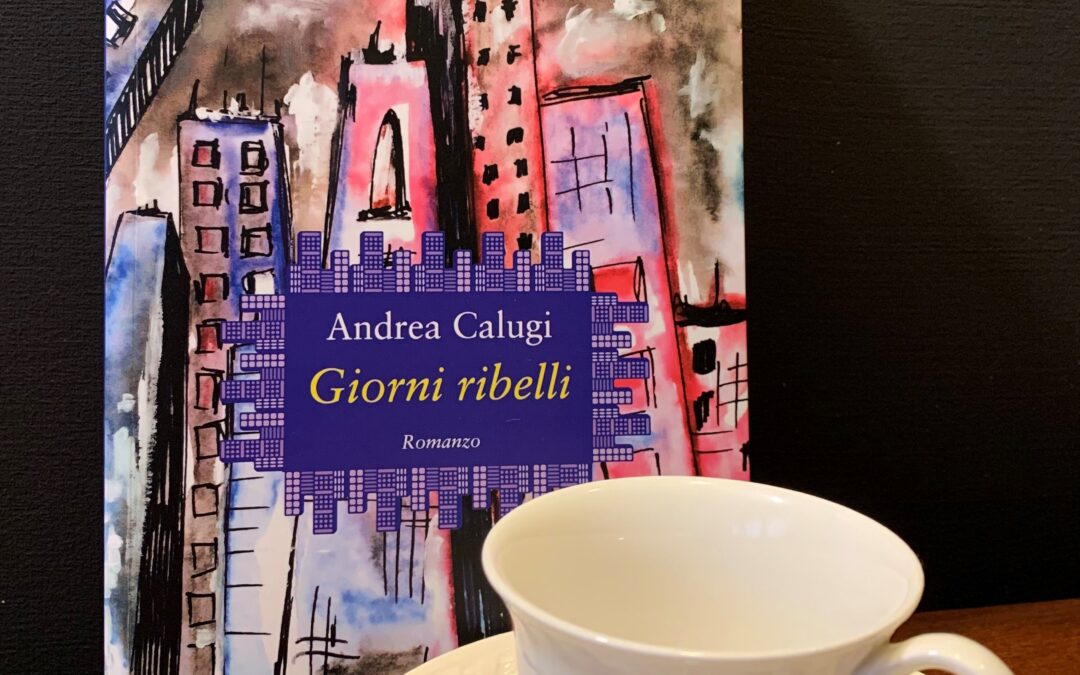
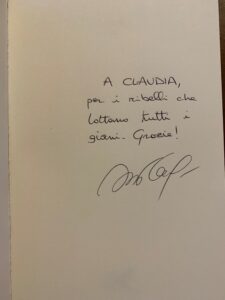


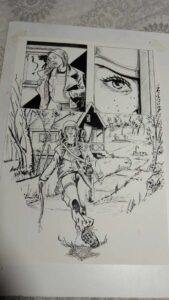
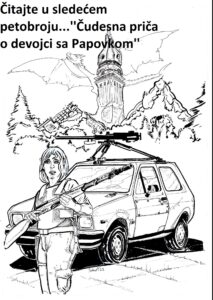
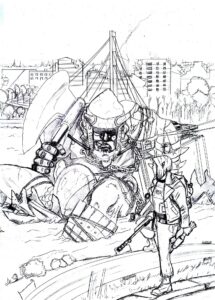
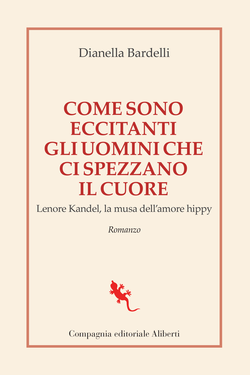
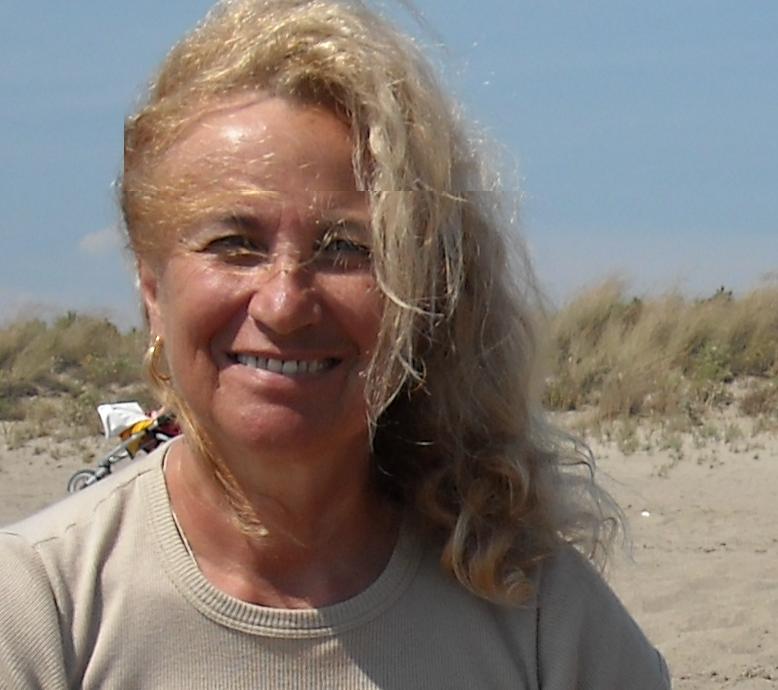
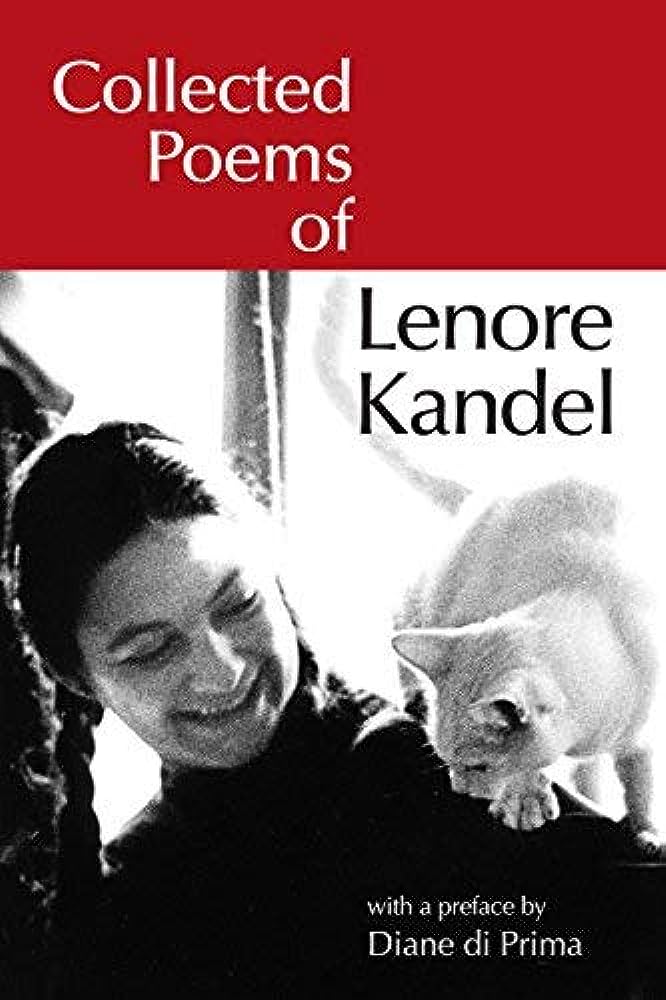
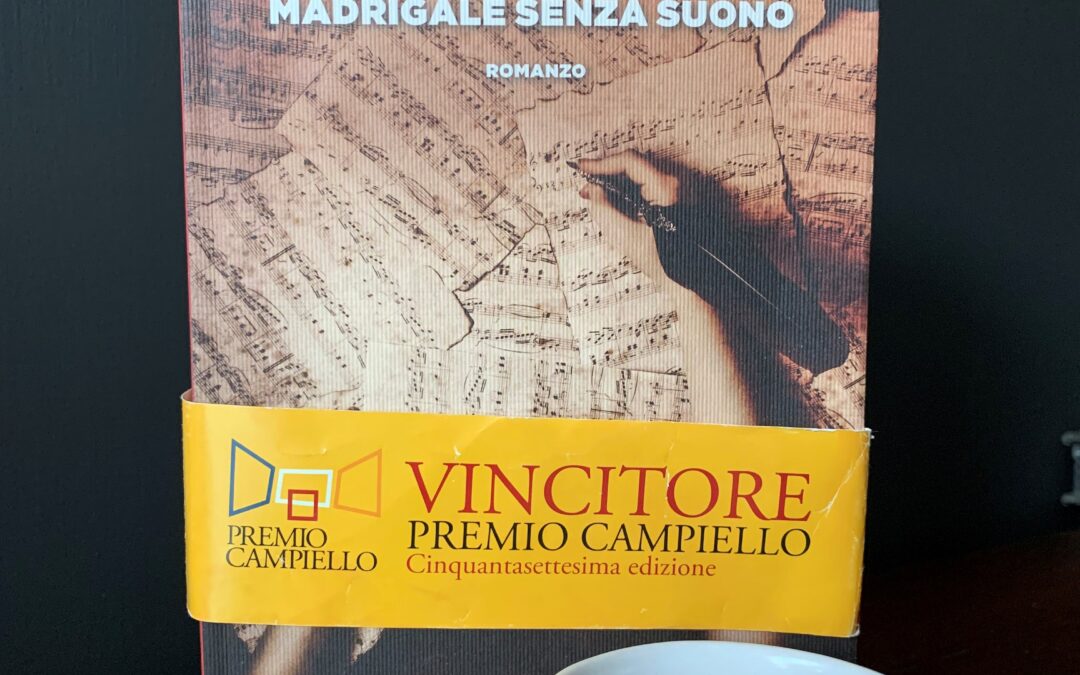
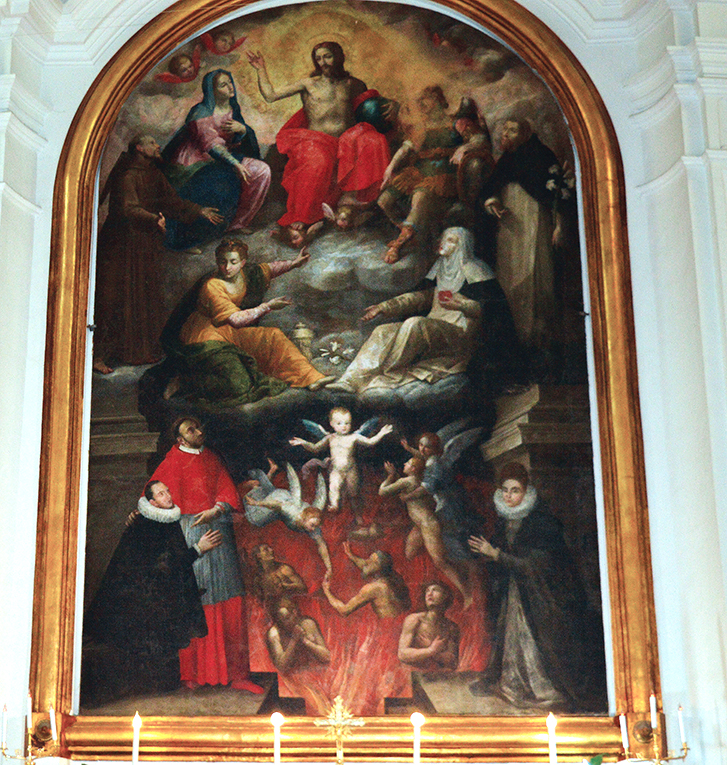
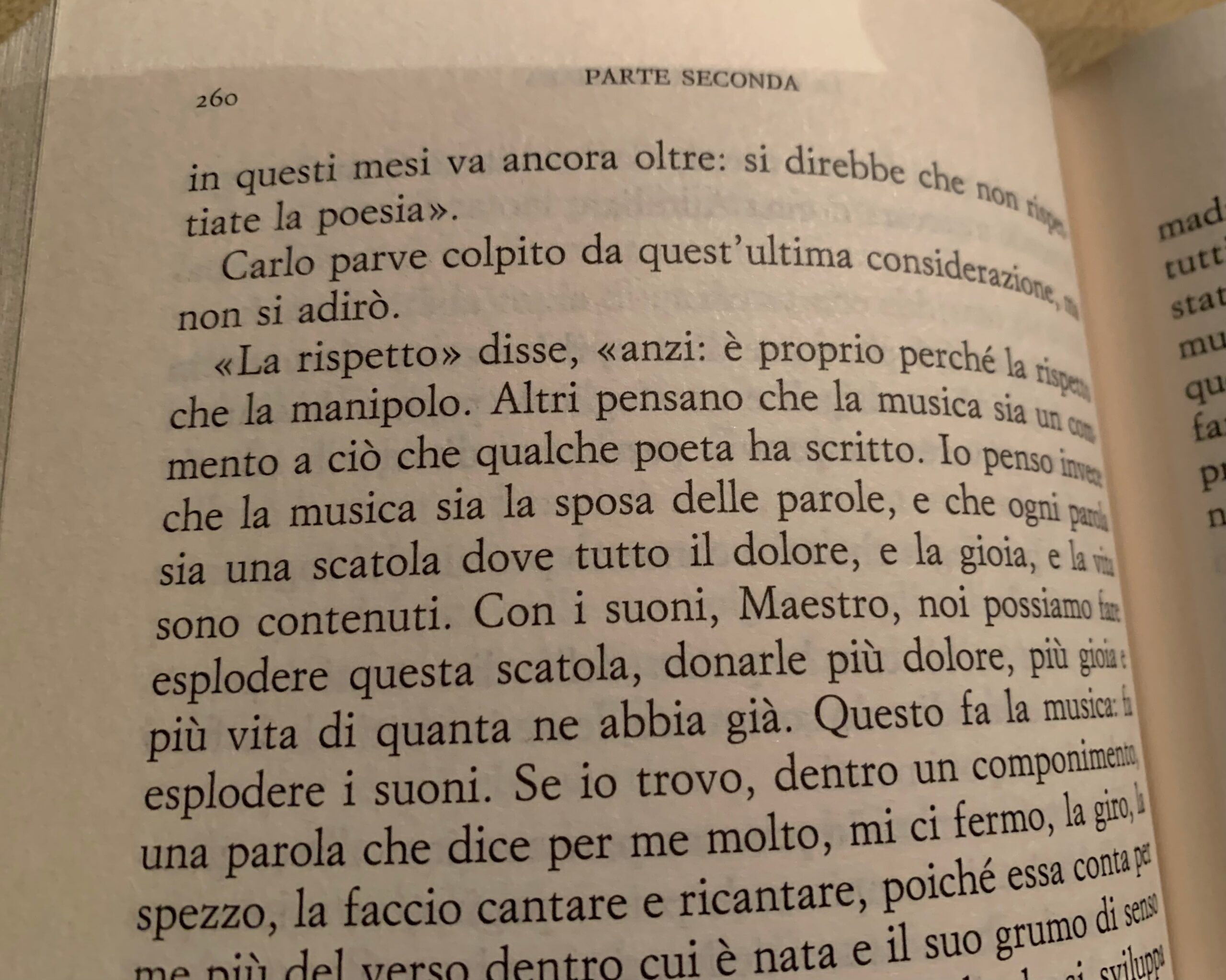
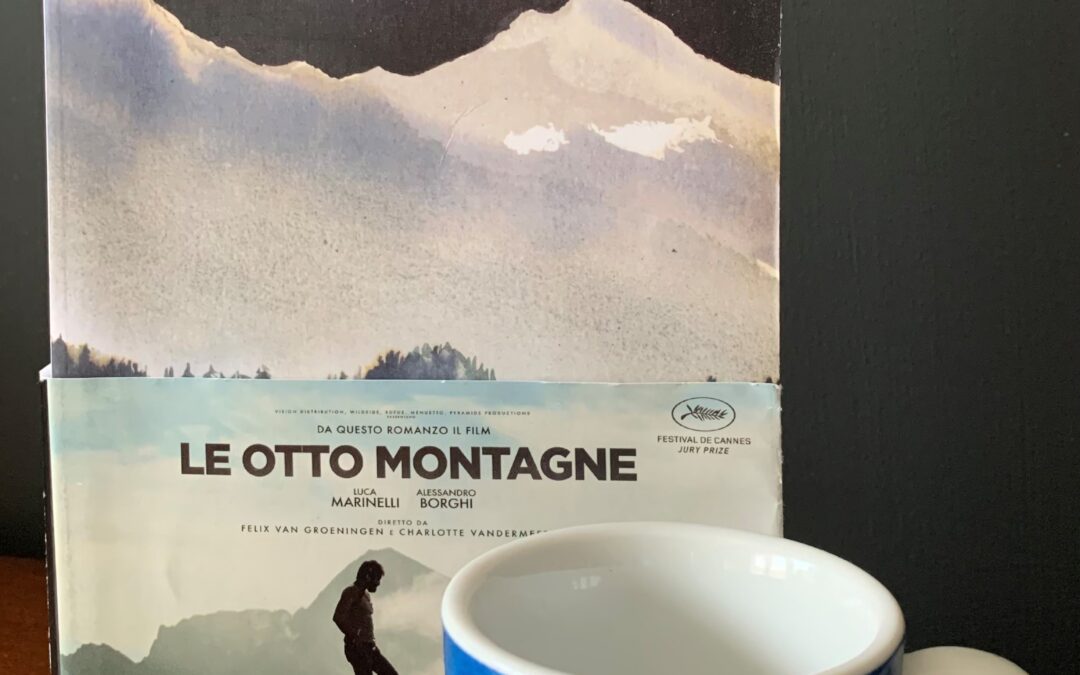
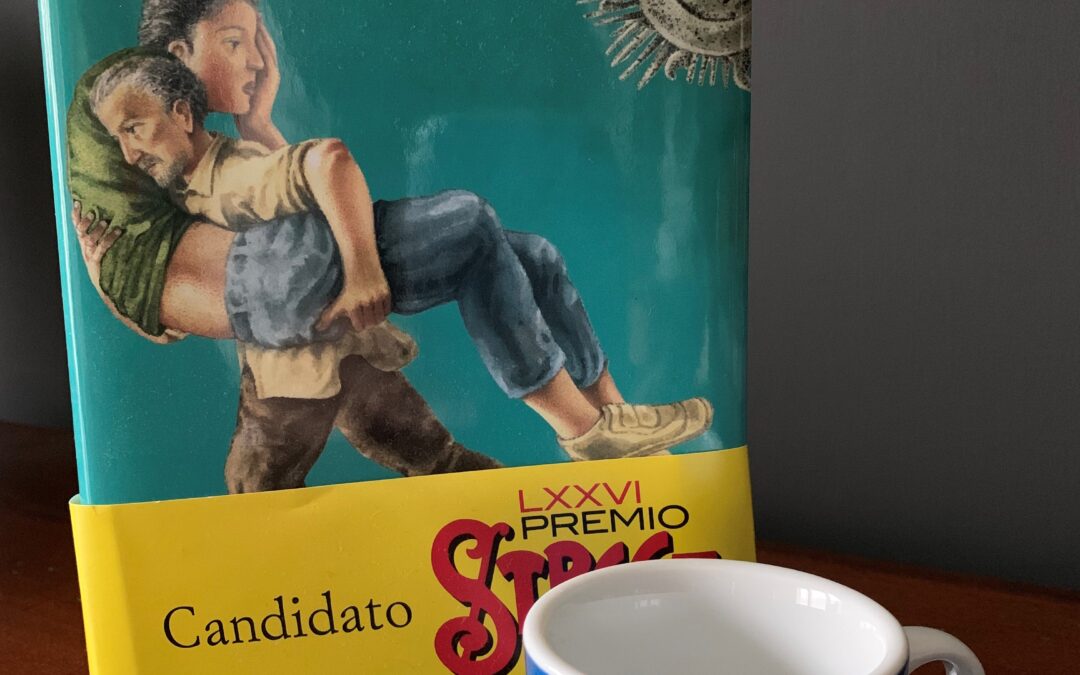

 Hi I'm Claudia and this is KCDC.
Hi I'm Claudia and this is KCDC.
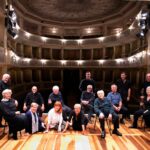



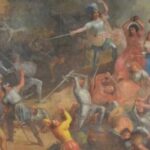
LATEST COMMENTS